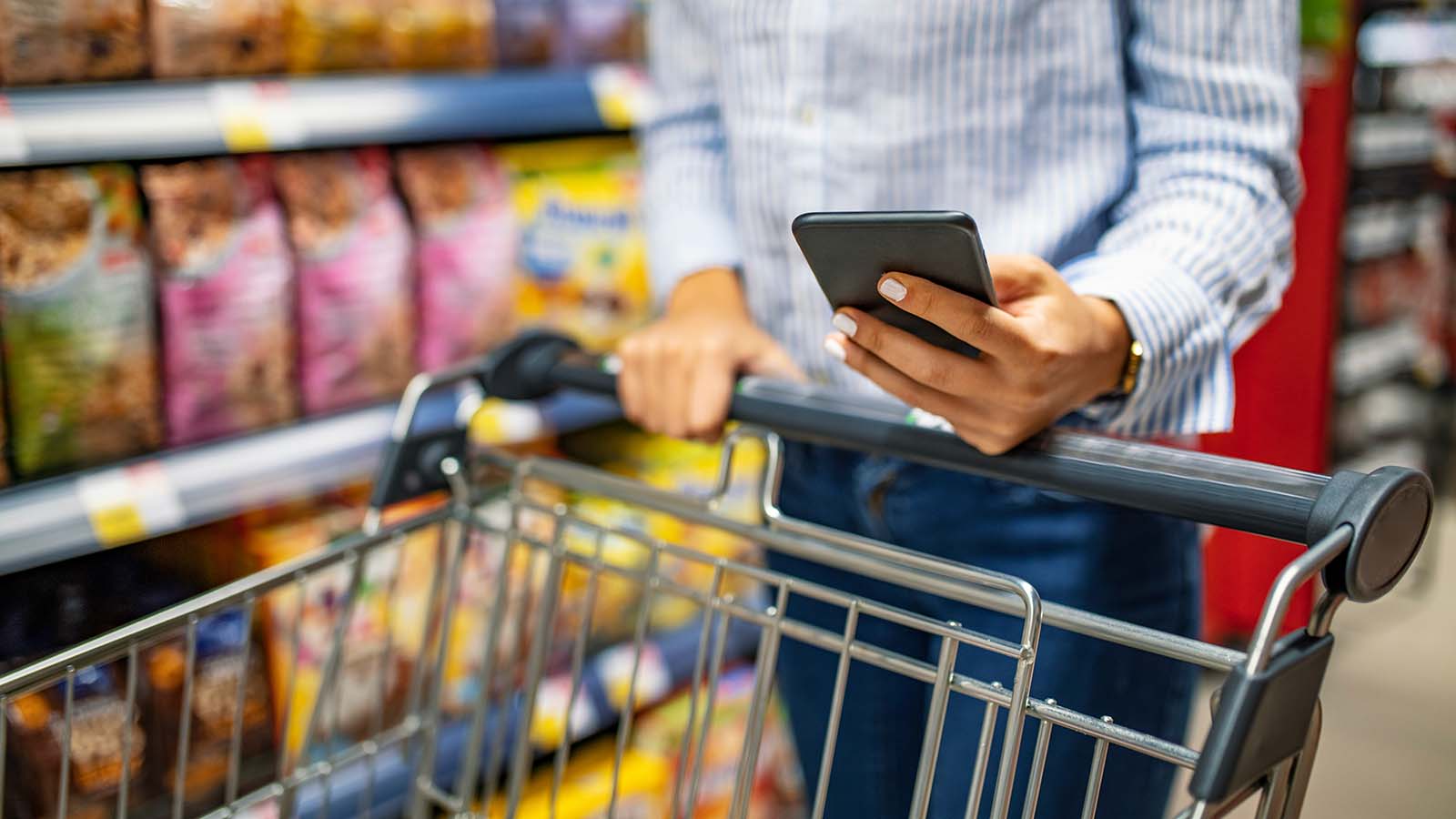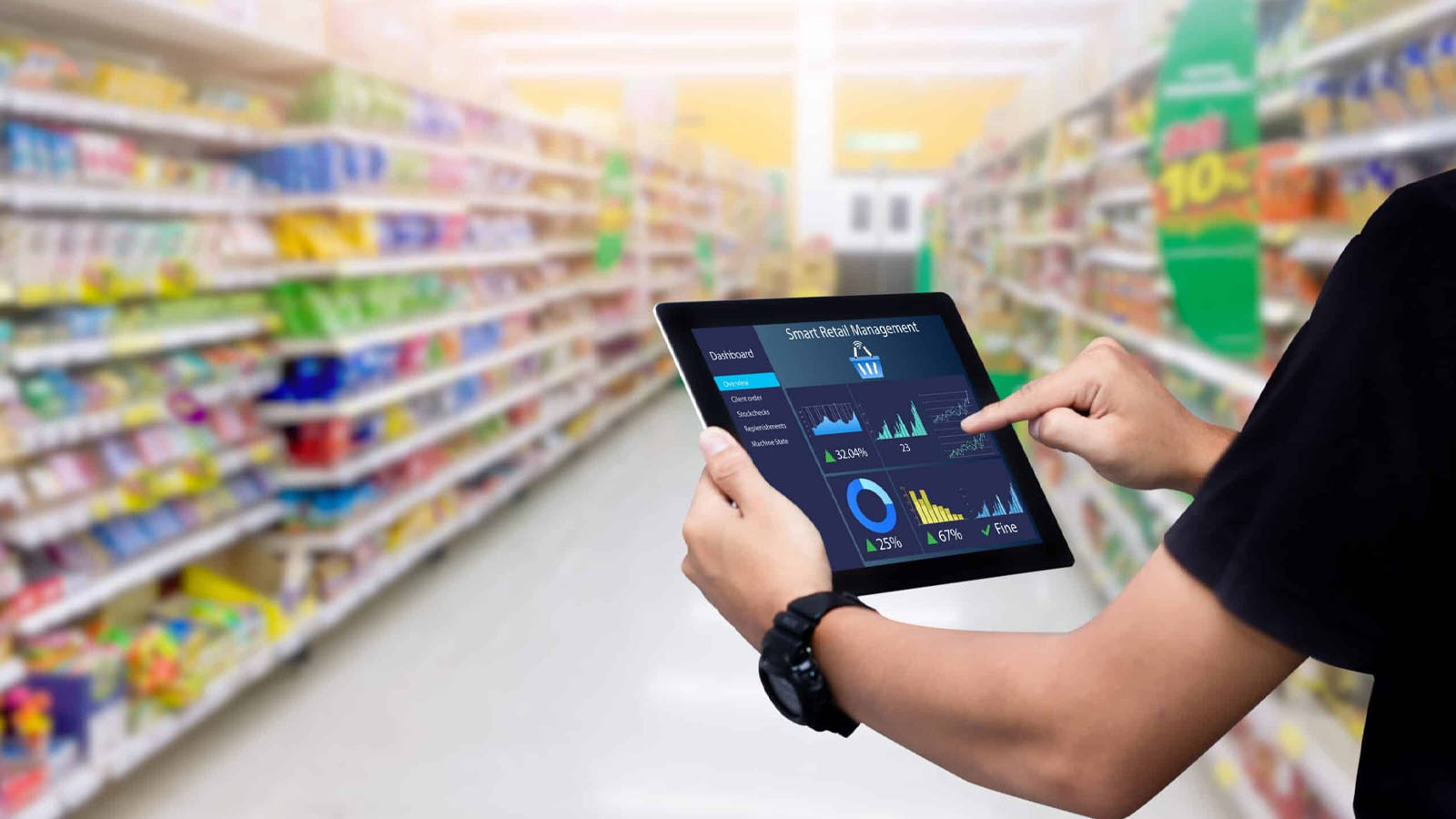4 min read
The Grocery Loyalty Landscape in Canada and the United States [A Survey Snapshot]
Discover the current grocery loyalty landscape in Canada and the USA. Download the North American grocery loyalty snapshot or read the full report.
Get the latest insights, research and news delivered straight to your inbox.
Plus, enter to win the 2nd edition of Omnichannel Retail by Tim Mason & Sarah Jarvis!
No spam. We promise. 💜
Featured Case Study:
See how Eagle Eye helped Giant Eagle relaunch myPerks, delivering 25M+ personalized offers monthly and boosting loyalty program ROI.
Contact us to find out how we can enable your teams on our platform.

2 min read
 Sarah Jarvis
on
17 September, 2020
Sarah Jarvis
on
17 September, 2020

We are all aware of how much COVID-19 has changed the landscape for businesses globally. While some have been shuttered for months, others have had to pivot their resources to respond to rapidly changing customer needs as consumption shifts online faster than ever before.
For grocers, they had to adapt incredibly quickly – in the UK, we saw grocers ramp up the number of delivery slots available, introduce buying restrictions on certain products, and restrict the number of multi-buy promotions available, designed to maintain maximum on-shelf product availability.
Operationally, colleagues working in concessions were redeployed to maintain stock levels and monitor the volume of customers coming into the store. In Australia, Woolworths prioritized the delivery of groceries to vulnerable customers via Priority Delivery Hubs, and in France, Carrefour introduced a new subscription service for customers to order baskets of essential food products for collection or home delivery.
The shift to online delivery and digital-first initiatives has meant that digital coupon redemptions have surpassed those of paper coupons for the first time in the US. Further, the all-important print ‘flyers’ that dominate US grocers’ promotional activity have had a digital makeover, with some, including Walgreens, abandoning printed circulars completely and shifting to online only. Changing consumer behavior and reacting in a more agile way were reasons given for this change.
A report from Valassis certainly supports this trend – in 2018, 93% of shoppers used paper coupons. In 2019, this had fallen considerably to 77%, and their most recent report in 2020 recorded only 71% of shoppers using paper coupons. Conversely, it found customers that used digital coupons had risen from 67% in 2019 to 73% in 2020.
So, why were digital coupons on the rise even before the accelerated shift to digital during the pandemic?
I’ve certainly been there – you get to the till or self-checkout and realize that the paper coupon you need to scan is in another purse. Goodbye, triple points offer for this shop. By digitizing coupons, you can take advantage of the fact customers are rarely without their mobile phone or smart device and can therefore digitally access and redeem the reward or offer.
When Tesco Clubcard launched in 1994, customers were rewarded with vouchers sent via direct mail every three months. While of issuance of paper coupons has increased in frequency, a digital coupon can be issued at any time and for any offer, versus each time a customer shops. By having a more accessible, handy delivery and solution, customers are more likely to redeem, and therefore a retailer is able to gather more insight on a customer’s frequency and purchases.
The printing of each voucher represents an enormous cost to the retailer each year. Not only is the printing process costly, the overheads associated with their distribution are also significant. Digital coupons are easier and cheaper to create. But more importantly, they can be delivered to the customer in real-time.
Even before the pandemic accelerated consumers’ shift to digital, those that were winning the digital coupon battle had invested in an integrated loyalty and coupon solution, which removes any friction for the customer. Southeastern Grocers, for example, announced that they are ramping up efforts to deliver personalized and relevant coupons across multiple physical and digital channels to customers. Sainsbury’s revamped their successful Nectar scheme to be digital-first – physical cards can be replaced with a dynamic in-app barcode, and offers surfaced within the app based on a customer’s shopping habits. They also run short-term gamification initiatives to earn more points, including The Great Big Fruit & Veg Challenge, designed to enhance user engagement.
While COVID-19 may have accelerated the need to prioritize their digital-first initiatives, retailers should continue to innovate and integrate them into an omnichannel experience if they hope to drive incremental customer purchases and brand loyalty.
To find out how Eagle Eye can help you build a digital coupon solution to drive incremental customer sales, please contact us
Get the latest insights, research, and news delivered straight to your inbox.
Plus, enter to win the 2nd edition of Omnichannel Retail by Tim Mason & Sarah Jarvis!
No spam. We promise. 💜
![The Grocery Loyalty Landscape in Canada and the United States [A Survey Snapshot]](https://eagleeye.com/hubfs/images/featured/north-america-grocery-loyalty-snapshot.jpg)
4 min read
Discover the current grocery loyalty landscape in Canada and the USA. Download the North American grocery loyalty snapshot or read the full report.

1 min read
Grocers using data-driven loyalty programs during inflation are achieving 3.8% sales growth and deeper engagement—find out how.
![The Grocery Loyalty Landscape in Asia Pacific [A Survey Snapshot]](https://eagleeye.com/hubfs/images/featured/eagle-eye-asia-pacific-loyalty-snapshot.jpg)
3 min read
Consumer behaviours in APAC reveal opportunities for grocery retailers to drive more loyalty and customer retention by improving their rewards programmes.